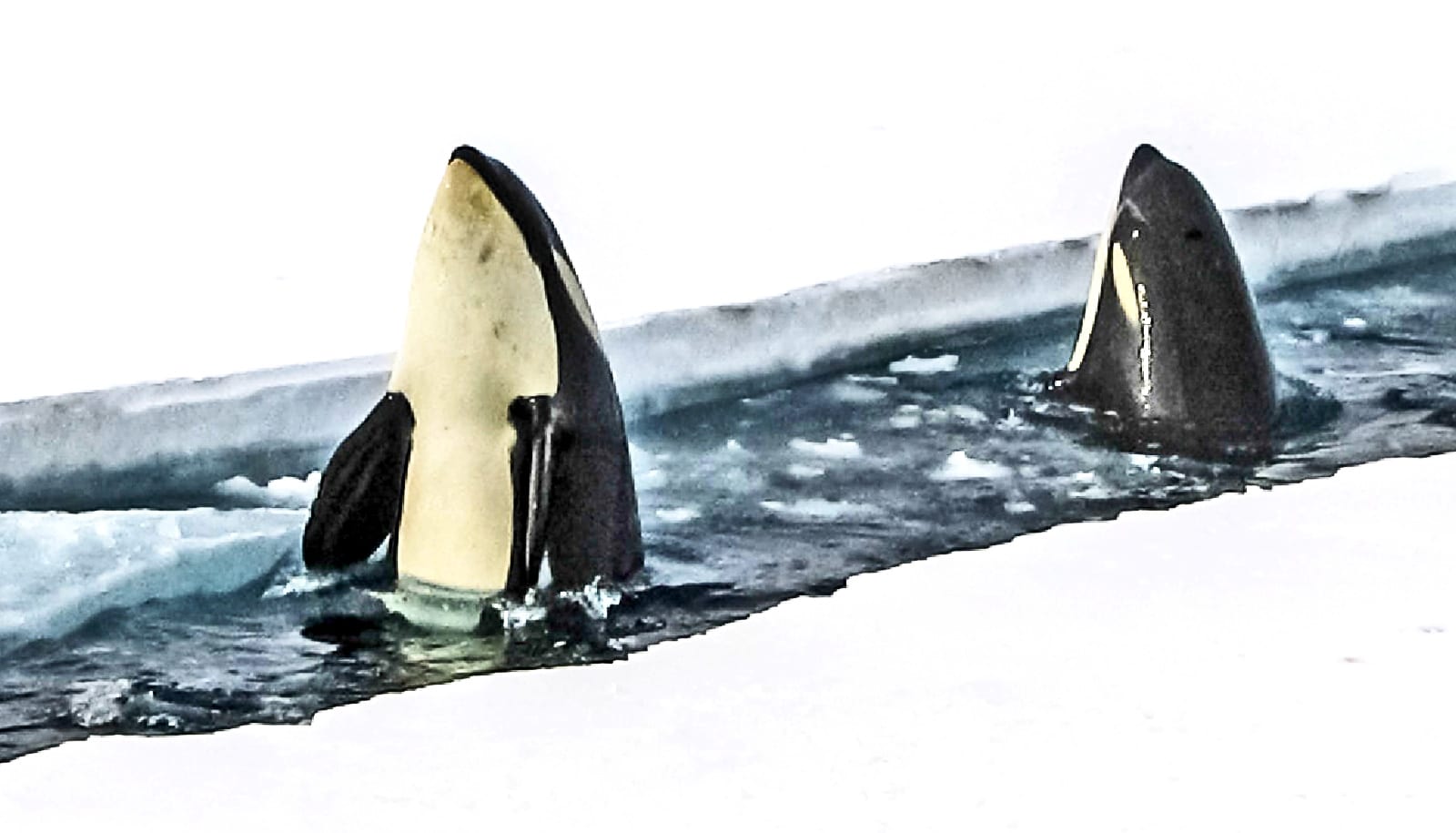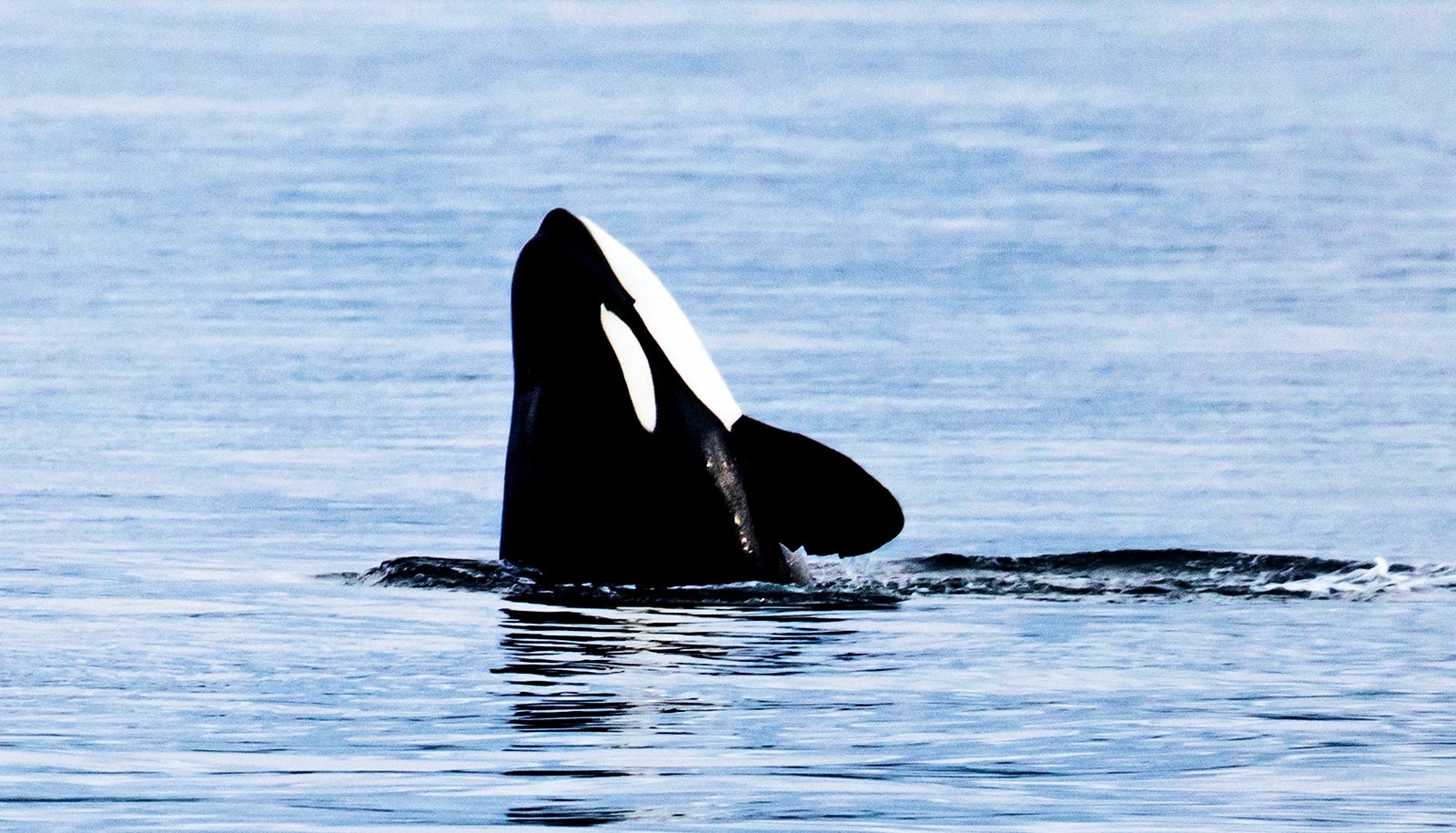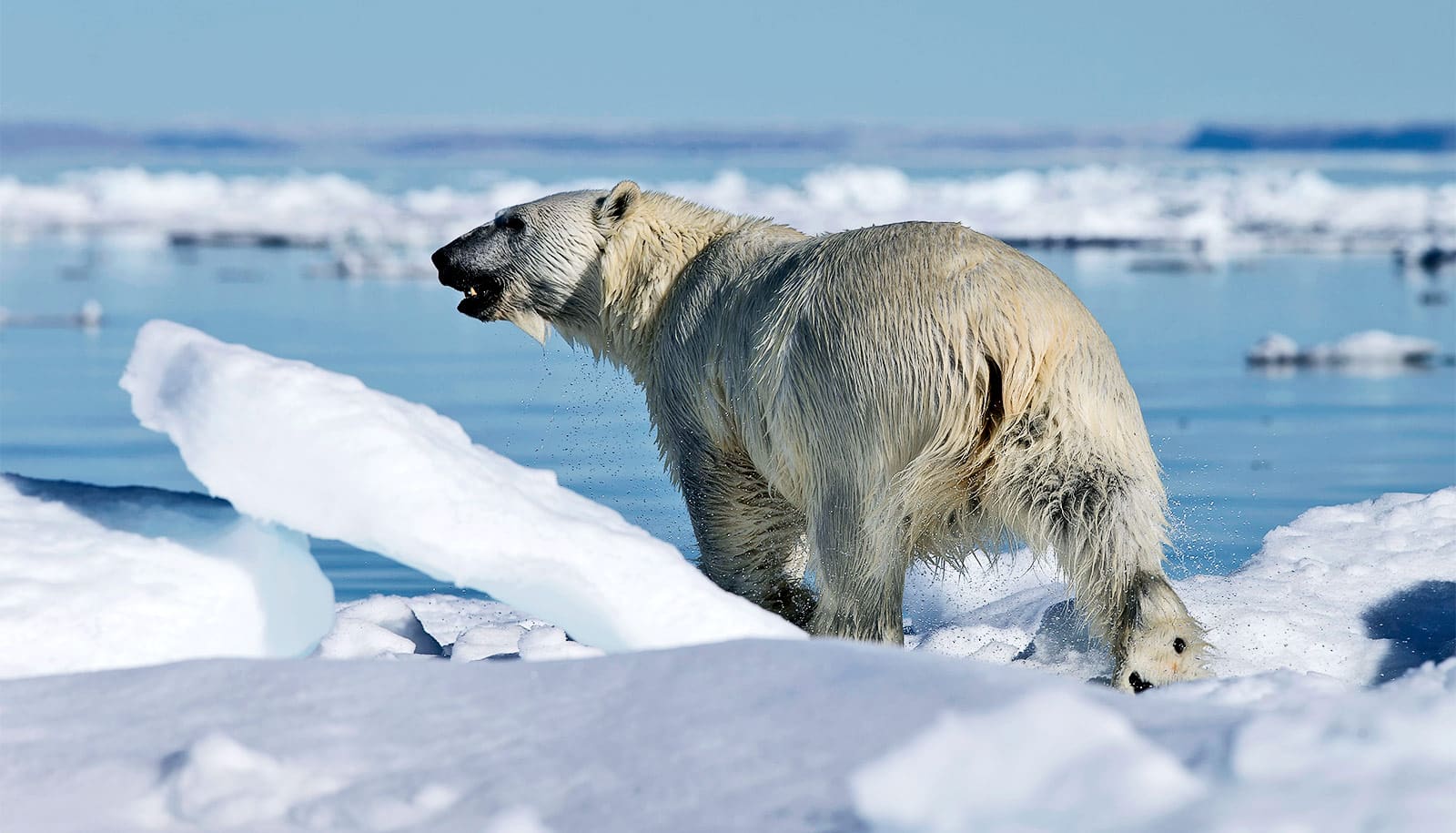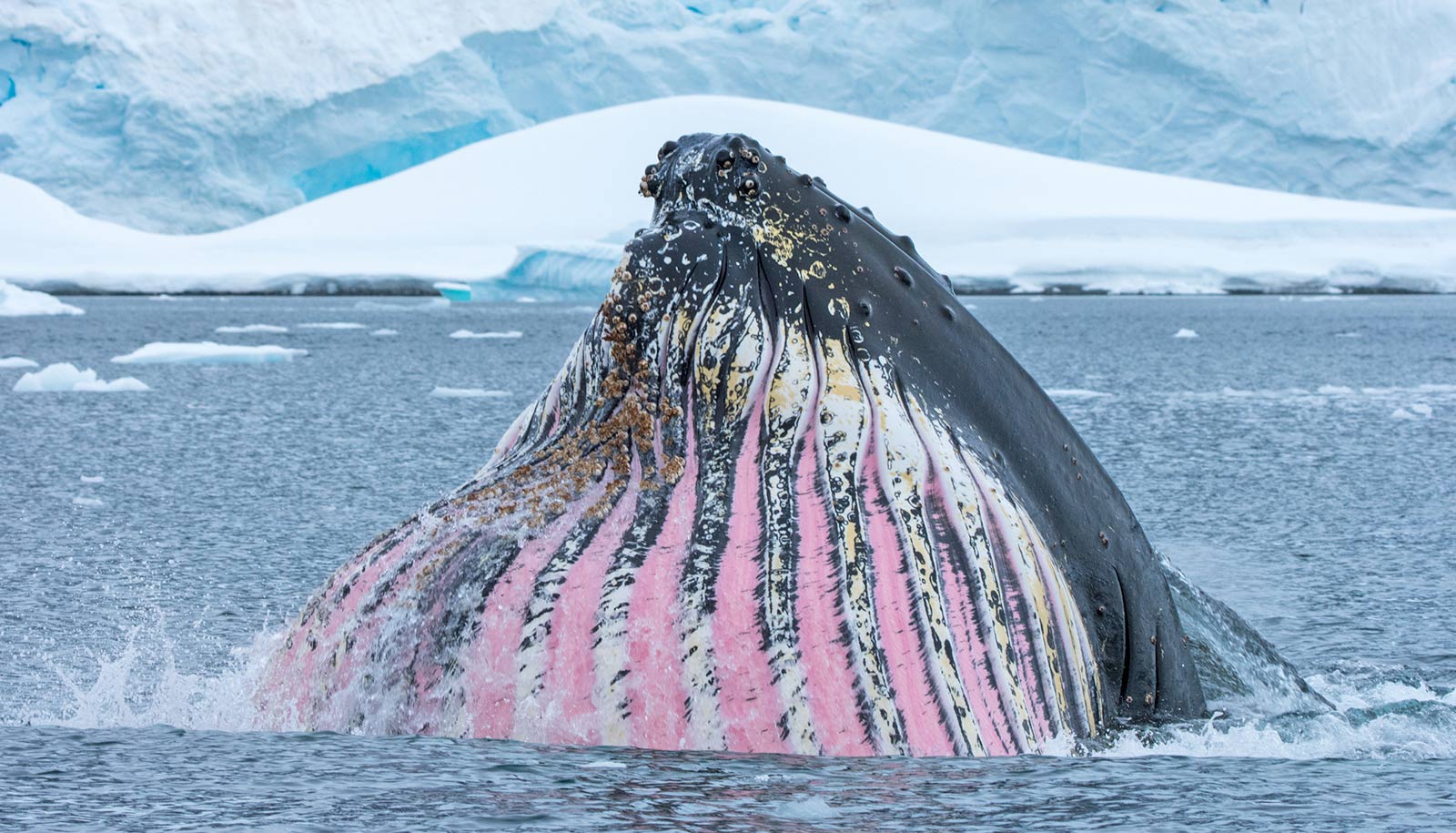Underwater microphones placed off the western and northern coasts of Alaska show that killer whales have spent more time than previously recorded in the Arctic, following the decrease in summer sea ice.
Killer whales are intelligent, adaptive predators, often teaming up to take down larger whales as prey. Continuous reduction in sea ice in the Arctic Ocean is opening areas to increased killer whale dwelling and predation, potentially creating an ecological imbalance.
Killer whales will often travel to different areas to target varieties of prey. In the analysis of acoustic data four underwater microphones recorded from 2012 to 2019, researchers found that killer whales are spending longer in the Arctic Ocean in more recent years, despite risks of ice entrapment there. Their readings indicate this change is directly following the decrease in sea ice in the area.
“It’s not necessarily that killer whales haven’t been reported in these areas before, but that they appear to be remaining in the area for longer periods of time,” says Brynn Kimber, a researcher from the Cooperative Institute for Climate, Ocean and Ecosystem Studies (CICOES). “This is likely in response to a longer open-water season.”
The study didn’t set out to focus on the killer whales, or orcas, says Kimber, who was surprised by the results.
“Our work mostly centers on examining the migration patterns of species through the Bering, Chukchi, and Beaufort seas, based on acoustic presence or absence. But when looking for other species, like beluga whales, I noticed more and more killer whales in areas where I didn’t expect them. That was what motivated me to take a closer look at our killer whale detections.”
The reduction in sea ice may be opening new hunting opportunities for killer whales, if certain species of prey can no longer use the ice to avoid the highly adaptive predator. For example, the endangered bowhead whale is vulnerable to predation by killer whales, but can hide under sea ice to avoid being circled by orcas. Last fall, another study showed the first direct evidence of killer whales attacking bowhead whales in the Arctic.
This vulnerability, Kimber says, is likely to increase due to longer open-water seasons.
“Although there is high spatial and interannual variability, the September Arctic sea-ice minimum is declining at an average rate of 13% per decade when compared to values from 1981 to 2010,” Kimber says. “Killer whales are being observed in the Chukchi Sea (in the Arctic Ocean) in months that were historically ice covered, and more consistently throughout the summer.”
The study appears in the Journal of the Acoustical Society of America. Additional coauthors are from NOAA, CICOES, and the University of Washington.
The National Oceanic and Atmospheric Administration, the US Navy, and the Interior Department’s Bureau of Ocean Energy Management funded the work.
Source: University of Washington



